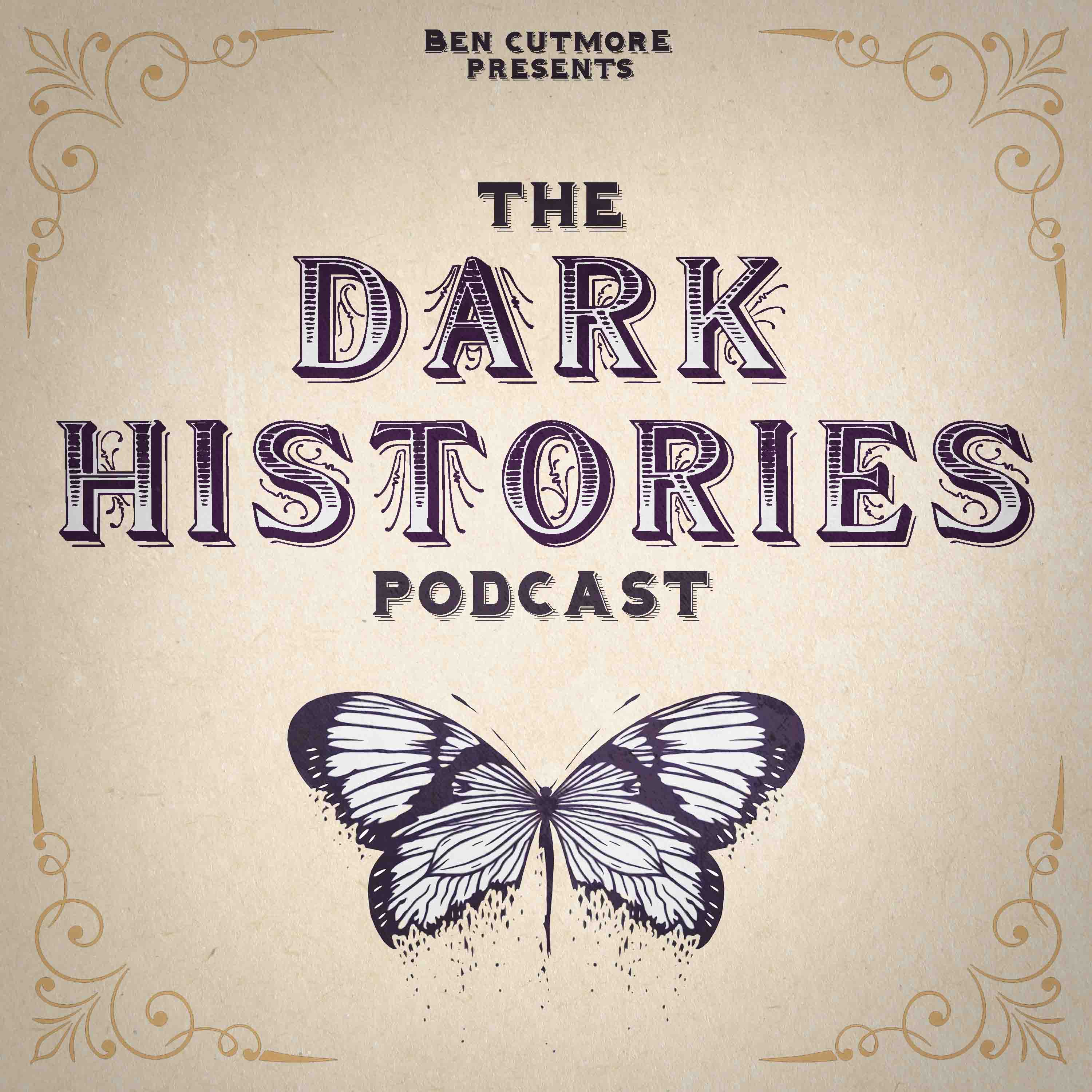- History
- SEE MORE
- classical
- general
- talk
- News
- Family
- Bürgerfunk
- pop
- Islam
- soul
- jazz
- Comedy
- humor
- wissenschaft
- opera
- baroque
- gesellschaft
- theater
- Local
- alternative
- electro
- rock
- rap
- lifestyle
- Music
- como
- RNE
- ballads
- greek
- Buddhism
- deportes
- christian
- Technology
- piano
- djs
- Dance
- dutch
- flamenco
- social
- hope
- christian rock
- academia
- afrique
- Business
- musique
- ελληνική-μουσική
- religion
- World radio
- Zarzuela
- travel
- World
- NFL
- media
- Art
- public
- Sports
- Gospel
- st.
- baptist
- Leisure
- Kids & Family
- musical
- club
- Culture
- Health & Fitness
- True Crime
- Fiction
- children
- Society & Culture
- TV & Film
- gold
- kunst
- música
- gay
- Natural
- a
- francais
- bach
- economics
- kultur
- evangelical
- tech
- Opinion
- Government
- gaming
- College
- technik
- Jesus
- Health
- movies
- radio
- services
- Church
- podcast
- Education
- international
- Transportation
- Other
- kids
- podcasts
- philadelphia
- Noticias
- love
- sport
- Salud
- film
- and
- 4chan
- Disco
- Stories
- fashion
- Arts
- interviews
- hardstyle
- entertainment
- humour
- medieval
- literature
- alma
- Cultura
- video
- TV
- Science
- en
The Homunculus: From Science Fact to Gothic Fiction

b"With a long and winding path through history from ancient times, to the renaissance and beyond, Alchemy was a vast subject with a multitude of practitioners, from the legendary and mythical to established medical gentry and scholarly clergy. In fact and fiction, they were men and women obsessed by the magical bending of the laws of nature to their will, creating gold, the elixir of life, stones that shone like the sun or offered immortality. Another sect of the sprawling tradition, however, found its interest in a far stranger creation, that of the homunculus, or \\u201cthe little man\\u201d. Their writings can today be seen as some of the strangest works to exist in the history of scientific advancement and have far more in line with the publications of Gothic Horror that would eventually follow, centuries later.\\n\\xa0\\n\\n\\n------\\n\\n\\n\\xa0\\nSOURCES\\n\\n\\n\\xa0\\nMaxwell-Stuart, P.G (2012) The Chemical Choir: A History of Alchemy. Continuum International Publishing, London, UK.\\n\\n\\n\\xa0\\nLindsay, Jack (1970) The origins of alchemy in Graeco-Roman Egypt. Barnes & Noble, NY, USA.\\n\\n\\n\\xa0\\nSaif, Liana (2016) The Cows and the Bees: Arabic Sources and Parallels for Pseudo-Plato's Liber Vaccae (Kitab al-Nawamis). Journal of the Warburg and Courtauld Institutes, 2016, pp. 1-47(47). Warburg Institute, University of London, UK.\\n\\n\\n\\xa0\\nVan Der Lugt, Maaike (2009) Abominable Mixtures: The Liber Vaccae in the Medieval West, or the Dangers and Attractions of Natural Magic. Traditio: Studies in Ancient and Medieval History, Thought, and Religion, Vol. 64 (2009), pp. 229-277. Cambridge University Press, UK\\n\\n\\n\\xa0\\nNewman, William R. (2005) Promethean Ambitions: Alchemy and the Quest to Perfect Nature. University of Chicago Press, USA.\\n\\n\\n\\xa0\\nGrafton, Anthony. Siraisi, Nancy (1999) Natural particulars: nature and the disciplines in Renaissance Europe. MIT Press, USA.\\n\\n\\n\\xa0\\nBesetzny, Emil (1873) Die Sphinx Freimaurerisches Taschenbuch. L. Rosner, Vienna.\\n\\xa0\\n\\n----------\\nFor extended show notes, including maps, links and scripts, head over to darkhistories.com \\nSupport the show by using our link when you sign up to Audible: http://audibletrial.com/darkhistories or visit our Patreon for bonus episodes and Early Access: https://www.patreon.com/darkhistories\\nConnect with us on Facebook: http://facebook.com/darkhistoriespodcast\\nOr find us on Twitter: http://twitter.com/darkhistories\\n& Instagram: https://www.instagram.com/dark_histories/\\nOr you can contact us directly via email at contact@darkhistories.com\\nor via voicemail on:\\xa0(415) 286-5072\\nor join our Discord community: https://discord.gg/cmGcBFf\\nThe Dark Histories Butterfly was drawn by Courtney, who you can find on Instagram @bewildereye\\nMusic was recorded by me \\xa9 Ben Cutmore 2017\\nOther Outro music was Paul Whiteman & his orchestra with Mildred Bailey - All of me (1931). It's out of copyright now, but if you're interested, that was that."